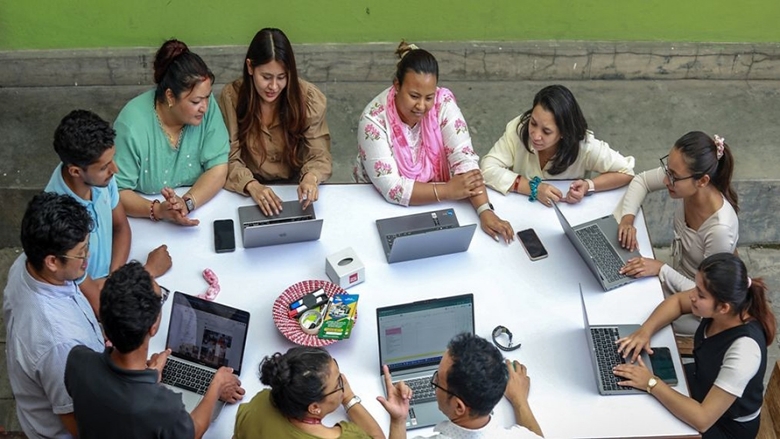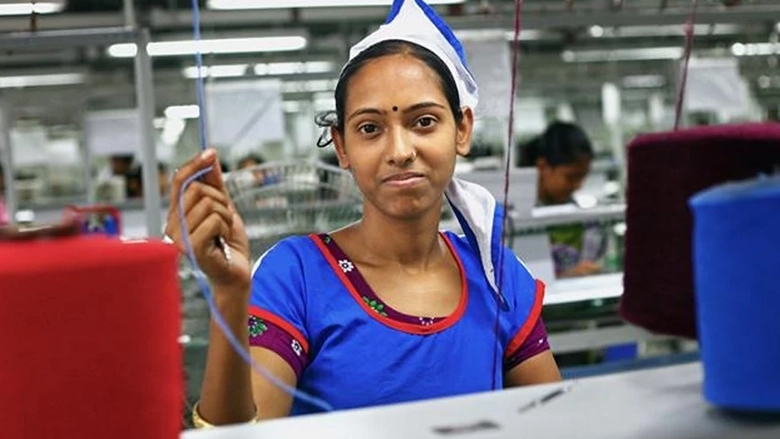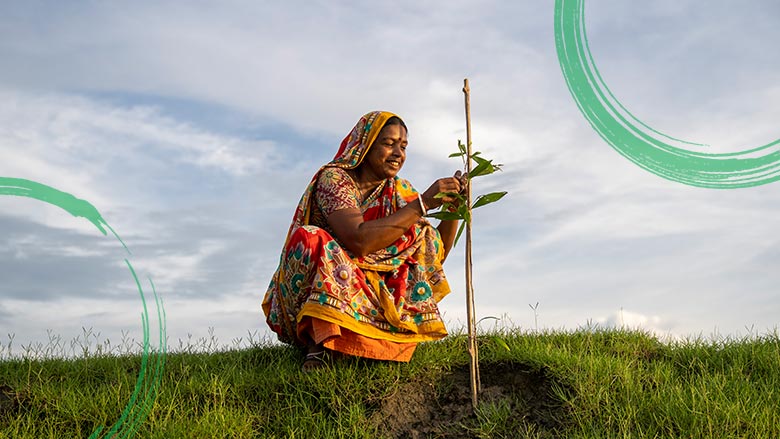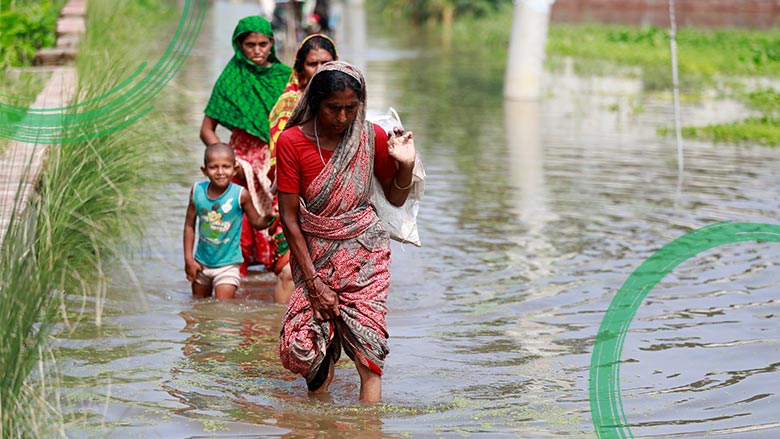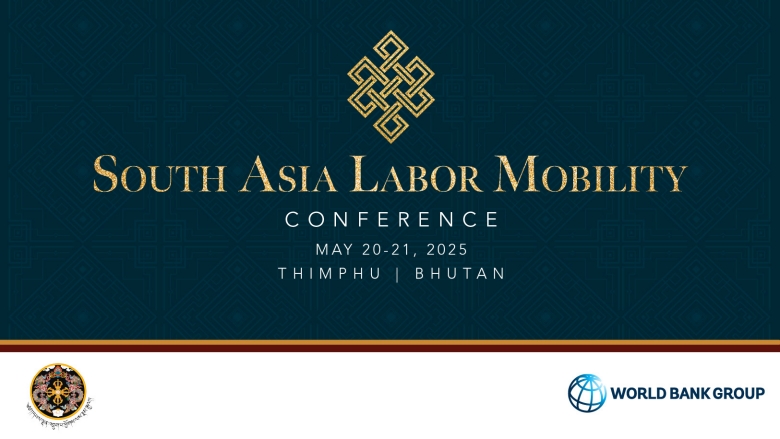The Office of the Chief Economist provides timely, high-quality, and innovative analysis on pressing economic issues for policy making in the South Asia Region. To achieve this mandate, the Office publishes the semi-annual South Asia Development Update as well as topical, policy-oriented analytical studies on region-wide and cross-sectoral issues; fosters a community of economists interested in the region; and offers advice on operational matters. The Chief Economist of the South Asia Region serves as the Bank’s principal regional spokesperson on economic issues facing South Asia.
Office of the Chief Economist, South Asia Region
Jobs, AI, and Trade
Growth in South Asia is on track to reach 6.6 percent in 2025 but then slow to 5.8 percent in 2026. While this short-term outlook is subject to downside risks, over the longer term, AI could promote growth by boosting productivity. This growth dividend could be amplified by trade reforms. Carefully sequenced tariff cuts and free trade agreements would encourage private investment and job creation in trade-related activities, which have accounted for most of South Asia’s employment growth over the past decade. Labor market adjustment to new technologies and trade opportunities could be supported by removing obstacles to workers’ reallocation and by strengthening safety nets.
From Risk to Resilience: Helping People and Firms Adapt in South Asia
South Asia is the most climate-vulnerable region among emerging markets and developing economies. With governments having limited room to act due to fiscal constraints, households and firms will shoulder most of the burden of climate adaptation. This book documents the extent to which households and firms are aware of climate risks, are taking actions, and are hindered in their actions by their circumstances. The findings point to actions that even fiscally constrained governments can take to help their households and firms build climate resilience. The book draws on extensive global experience to offer detailed policy options for vulnerable sectors and groups.
Private Cities: Outstanding Examples from Developing Countries and Their Implications for Urban Policy
Institutional constraints and weak capacity often hamper the ability of local governments in developing countries to steer urbanization. As a result, there are not enough cities to accommodate an unabated rural-urban migration and many of those that exist are messy, sprawling, and disconnected. The flipside is the emergence of entire cities—more than gated communities or industrial parks—led in whole or in part by private actors. To date, little systematic research has been conducted on the conditions that are necessary for such unusual entities to emerge, on the roles played by private actors, or on the consequences for efficiency and equity.
Striving for Clean Air: Air Pollution and Public Health in South Asia
Nine out of the world’s 10 cities with the worst air pollution are in South Asia. Concentrations of fine particulate matter (PM 2.5) in some of the region’s most densely populated and poor areas are up to 20 times higher than what WHO considers healthy (5 µg/mᶾ). It causes an estimated 2 million premature deaths in the region each year and incurs significant economic costs. Air pollution travels long distances in South Asia and gets trapped in large “airsheds” that are shaped by climatology and geography. This report identifies six major airsheds in the region, analyzes four scenarios to reduce air pollution, and offers a roadmap for airshed-wide air quality management.





